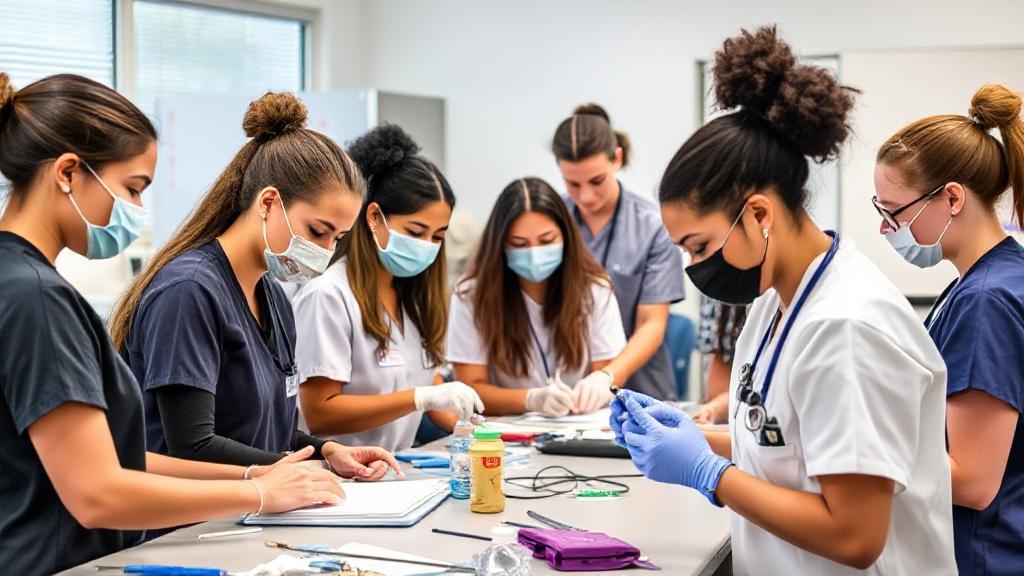Introduction
Becoming a medical assistant is a rewarding career choice for those interested in the healthcare field. Medical assistants play a crucial role in healthcare settings, performing both administrative and clinical tasks in hospitals, clinics, and private practices.
Educational Requirements
High School Diploma or GED
The first step towards becoming a medical assistant is obtaining a high school diploma or GED. This is a basic requirement for most medical assistant programs. High school courses in biology, chemistry, and health can be particularly beneficial.
Medical Assistant Programs
There are several educational paths available:
-
Certificate or Diploma Programs
- Duration: 9-12 months
- Focus on essential clinical and administrative skills
- Often includes hands-on training
- Available at community colleges and vocational schools
- More affordable than degree programs
-
Associate Degree Programs
- Duration: 18-24 months
- Comprehensive medical and general education courses
- Higher earning potential
- Better advancement opportunities
- Available at community colleges and technical schools
Program Components
Students learn crucial subjects including:
- Medical terminology
- Anatomy and physiology
- Clinical procedures
- Healthcare administration
- Electronic health records
- Medical billing and coding
Clinical Training and Experience
Externships
- Hands-on experience through externships
- Usually 160-200 clinical hours
- Real-world patient care exposure
- Direct supervision by healthcare professionals
On-the-Job Training
Some medical assistants receive on-the-job training, especially in smaller practices. This training can vary in length but usually lasts a few months.
Certification
While certification is not always required, it is highly recommended and can enhance job prospects. The most recognized certifications include:
- Certified Medical Assistant (CMA): Offered by the American Association of Medical Assistants (AAMA)
- Registered Medical Assistant (RMA): Offered by American Medical Technologists (AMT)
- National Certified Medical Assistant (NCMA): Provided by the National Center for Competency Testing (NCCT)
"Certification demonstrates your commitment to the profession and validates your knowledge and skills to potential employers." - American Association of Medical Assistants
Timeline Overview
Fast Track
- Education: 9-12 months
- Externship: 2-3 months
- Certification exam preparation: 1-2 months
- Total time: 12-17 months
Traditional Track
- Education: 18-24 months
- Externship: Included in program
- Certification exam preparation: 1-2 months
- Total time: 19-26 months
Factors Affecting Timeline
- Full-time vs. part-time enrollment
- Program availability and start dates
- State requirements
- Previous healthcare experience
- Academic performance
- Clinical placement availability
Career Outlook
According to the Bureau of Labor Statistics, medical assistant employment is projected to grow 16% through 2031, much faster than average. This strong job outlook makes the investment in education and certification worthwhile.
Continuing Education
To maintain certification and advance your career:
- Complete required continuing education units
- Stay updated on medical technology
- Consider specialization opportunities
- Network with healthcare professionals
- Join professional organizations
Remember that while becoming a medical assistant can be achieved relatively quickly compared to other healthcare professions, the quality of education and hands-on experience should not be compromised for speed. Choose a program that provides comprehensive training and prepares you for long-term success in the field.
